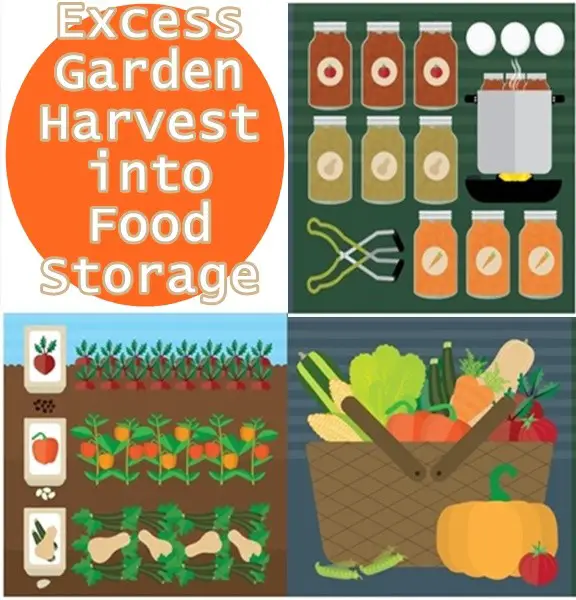Turning excess garden harvest into food storage is just one way not to waste fruits, vegetables, herbs and even flowers grown on the homestead.


Subscribe Today
GET EXCLUSIVE FULL ACCESS TO PREMIUM CONTENT
Get unlimited access to our EXCLUSIVE Content and our archive of subscriber stories.